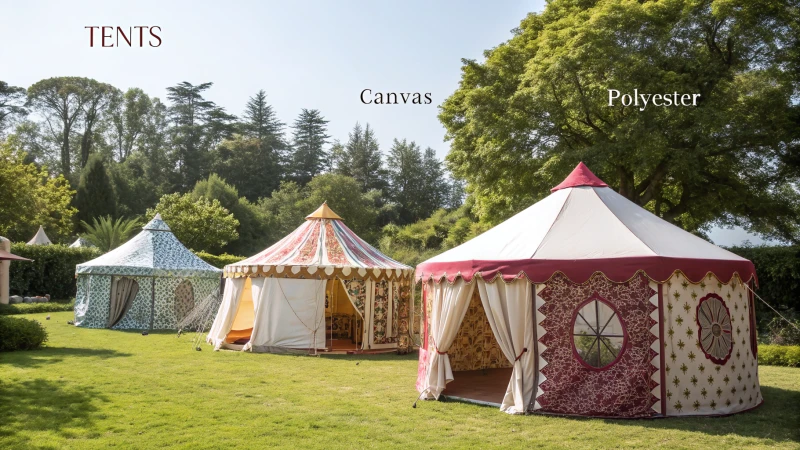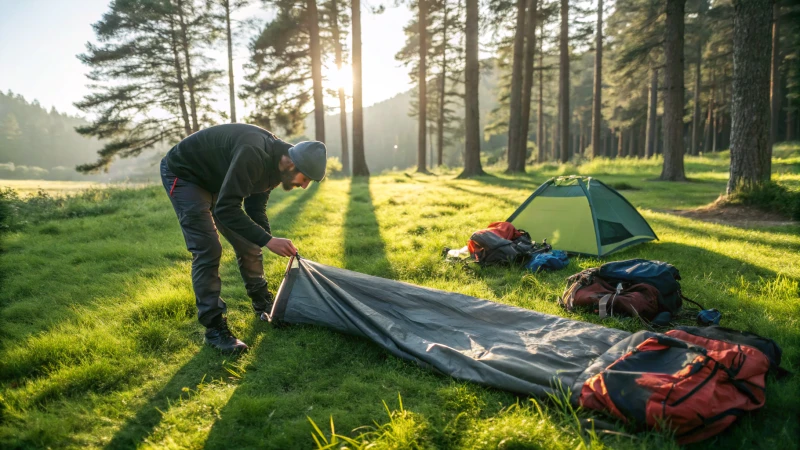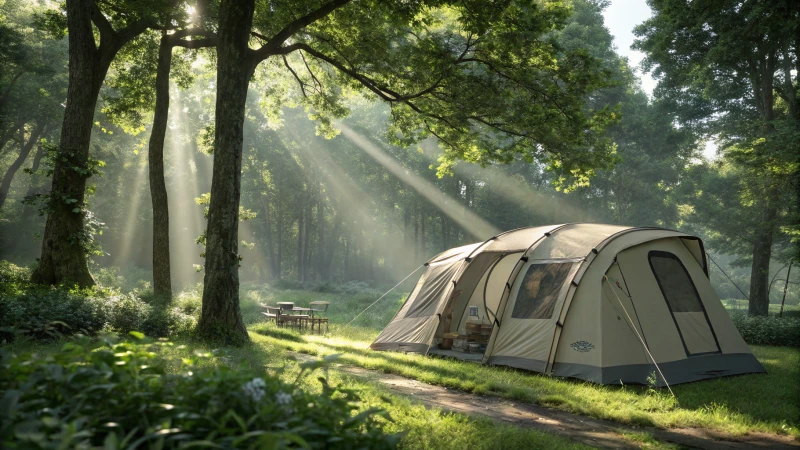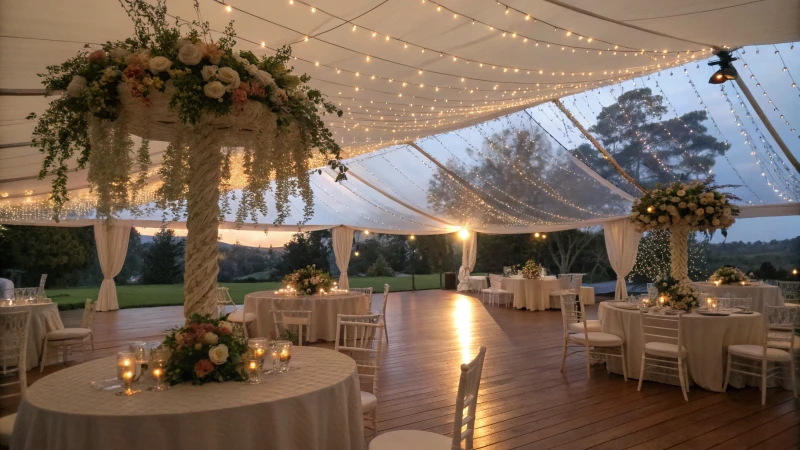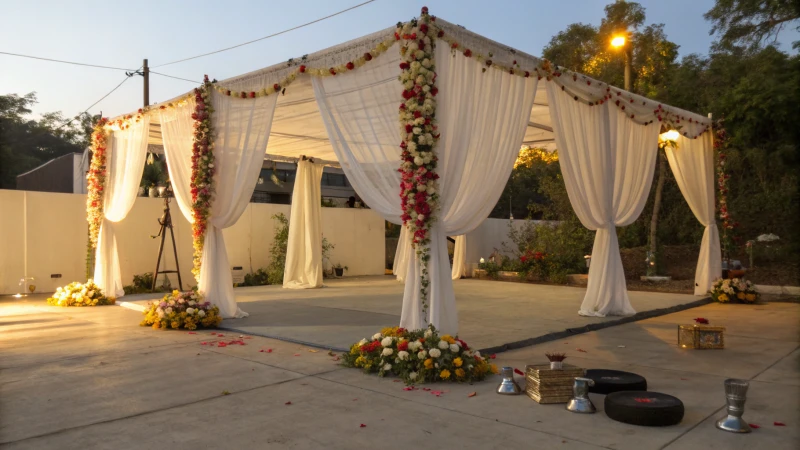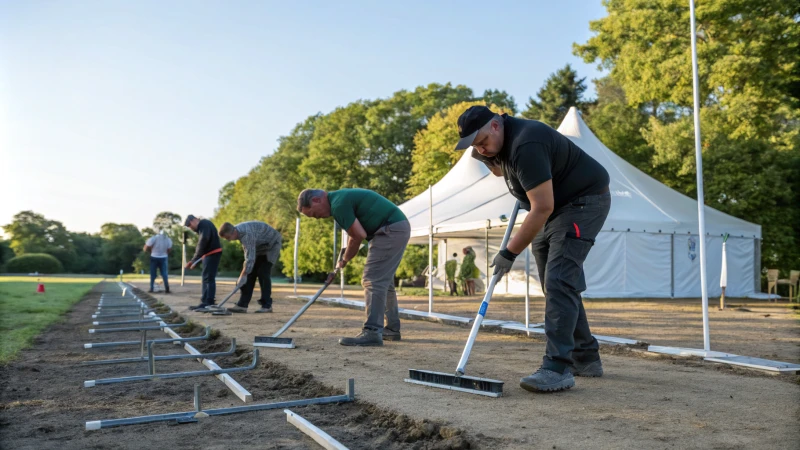
Imagine the excitement of planning an event under a stunning marquee tent, but first, let’s ensure it’s securely anchored.
To successfully install a marquee tent, start by clearing the area, choose the right anchoring method for your ground type, and ensure a stable base. On softer grounds, consider steel platforms or stakes, whereas concrete surfaces might require expansion bolts or weighted plates for temporary setups.
Once, I was setting up for a big outdoor wedding and realized how crucial it was to understand the ground beneath. The last thing anyone wants is a wobbly tent in the middle of a celebration! It turns out, soft ground like sand needed steel stakes for stability, while concrete demanded a completely different approach with expansion bolts. Each situation is unique, and having the right tools and knowledge can make all the difference. So whether you’re planning a wedding or a corporate event, take a moment to dive deeper into these anchoring methods, ensuring your marquee tent stands firm no matter the environment.
Marquee tents require a stable platform for installation.True
A stable platform is crucial to ensure the tent's structural integrity.
Concrete surfaces can't support marquee tents without stakes.False
Concrete surfaces can use expansion bolts or weighted plates for support.
How Do Soil Conditions Affect Marquee Tent Installation?
Ever tried setting up a marquee tent on a sandy beach? It’s a real balancing act!
Soil conditions are pivotal in marquee tent installation as they dictate the anchoring approach. Soft soils like sand require added support such as steel stakes or platforms, while hard surfaces may need expansion bolts or weighted plates.
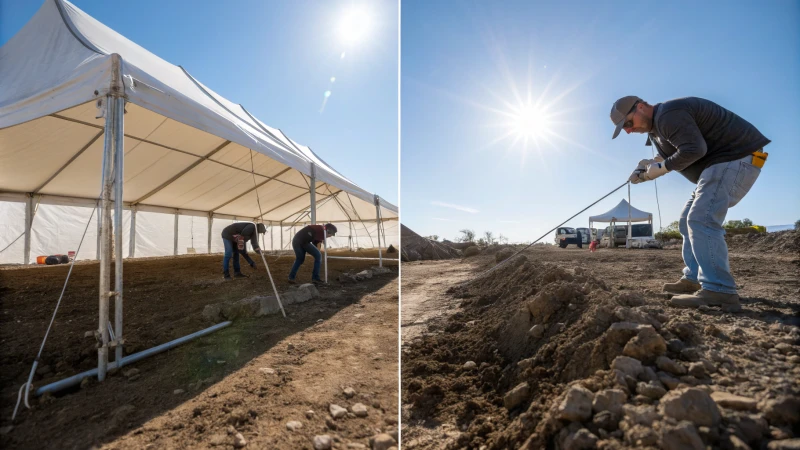
Impact of Soil Types on Installation
I remember the first time I had to set up a marquee tent on a sandy beach—it was both a challenge and a learning experience. Soft soils like sand or mud can really test the stability of your setup. That’s when steel stake anchoring1 becomes your best friend. These stakes, typically 0.8 to 1 meter long, are driven deep into the ground to ensure the tent doesn’t decide to join the beach party without you.
Anchoring on Soft Soil
In addition to stakes, you might find yourself relying on a steel platform2 to level things out. Not only does it provide a stable base, but it also adds a touch of class with some anti-corrosion wood for aesthetics and functionality. Here’s a quick guide:
| Soil Type | Recommended Method | Benefits |
|---|---|---|
| Sand/Mud | Steel stakes and platform | Stability and level base |
| Grass | Platform and weights | Prevents ground damage |
Hard Surfaces and Concrete
Concrete surfaces bring their own set of challenges. Expansion bolts are great for firm anchoring but can leave the ground looking like a battlefield. That’s why weighted plates are such a brilliant alternative—offering flexibility and preserving the surface for those temporary gigs where you need to pack up and go without leaving a mark.
Environmental Considerations
I’ve learned that weather can be unpredictable, especially in windy areas, which means you might have to double down on your anchoring strategies. Longer stakes or more robust platforms become crucial in preventing the tent from becoming airborne.
Examining Ground Damage Potential
Assessing potential ground damage is something I always prioritize. While concrete embedding offers unmatched stability, it does come at the cost of tearing up the ground. Weighing these options based on event duration and environmental concerns can make all the difference in ensuring your marquee stands proud, no matter where it’s pitched.
Steel stakes are used only on hard surfaces.False
Steel stakes are primarily used on soft soils like sand or mud for stability.
Weather affects marquee tent anchoring strategies.True
Windy conditions may require longer stakes or robust platforms for stability.
What Are the Different Anchoring Methods for Various Ground Types?
Ever found yourself puzzling over the best way to anchor a tent or structure in different terrains? Trust me, choosing the right method can save you from a whole lot of hassle.
Anchoring methods differ based on the ground type: for soft soils, steel stakes or screw anchors are ideal, while hard surfaces like concrete require expansion bolts or weighted plates. Picking the right method ensures safety and stability.
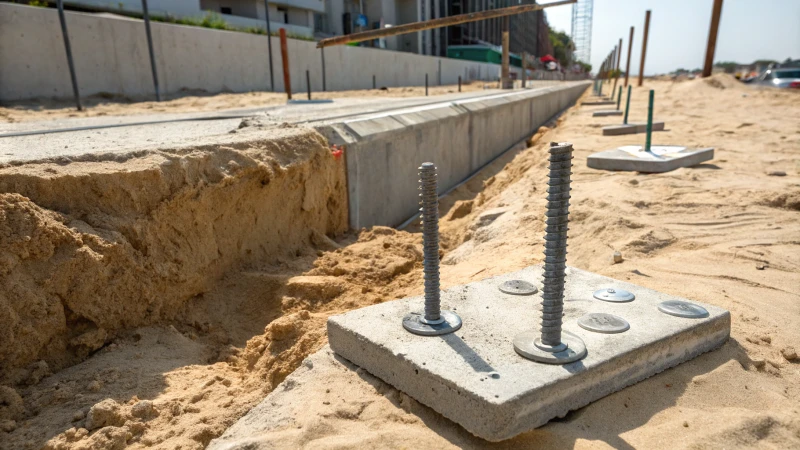
Anchoring on Soft Grounds
Let me tell you about my experience with soft grounds like sand or mud. Imagine setting up a tent on a beach, only to find it toppling over with the slightest breeze. That’s when I discovered steel stakes3. These bad boys, usually 0.8 to 1 meter long, dig deep into the ground, offering solid support.
If you’re dealing with really loose soil, screw anchors could be your best friend. They twist into the earth like a giant corkscrew, spreading the load more evenly and holding everything in place.
Anchoring on Firm and Rocky Grounds
Now, rocky terrain—that’s a whole different beast. Picture trying to drive a nail into a brick wall. Not fun, right? That’s where rock anchors4 come into play. You drill these into the rock and secure them with adhesive. It’s perfect for when you need something to stay put long-term.
Anchoring on Concrete Surfaces
Concrete surfaces are tricky but manageable. I’ve used expansion bolts countless times for permanent setups. While they might leave a mark, they’re unmatched in terms of stability. For temporary needs, weighted plates are fantastic because they avoid damaging the surface while keeping everything secure.
Comparison Table of Anchoring Methods
| Ground Type | Recommended Method | Considerations |
|---|---|---|
| Soft (sand/mud) | Steel stakes/screw anchors | Deep penetration required |
| Rocky | Rock anchors | Drilling and adhesives needed |
| Concrete | Expansion bolts/weighted plates | Surface damage possible |
When picking an anchoring method, it’s crucial to understand both your environmental conditions and what you’re aiming to achieve structurally.
Environmental and Structural Considerations
Each method comes with its pros and cons. For instance, in wet environments, steel stakes might need regular checks for corrosion. Meanwhile, screw anchors5 generally require less upkeep but could call for specialized tools during setup.
Whenever I plan a project, I weigh both the longevity and ecological impact of my anchoring choice. This way, I ensure my structures stand firm while respecting nature.
Steel stakes are ideal for anchoring on rocky grounds.False
Rocky grounds require rock anchors, not steel stakes, for stability.
Expansion bolts can cause surface damage to concrete.True
While offering stability, expansion bolts may damage concrete surfaces.
How Can You Ensure Stability in Temporary Marquee Tent Installations?
Ever found yourself wrestling with a tent in the wind? Let’s make sure your marquee stays put, come rain or shine.
To ensure stability in temporary marquee tent installations, it’s crucial to choose the right anchoring method according to the ground conditions. Options include weighted plates, steel stakes, and expansion bolts. Safety is paramount, so regular inspections and maintenance are essential to keeping everything secure.
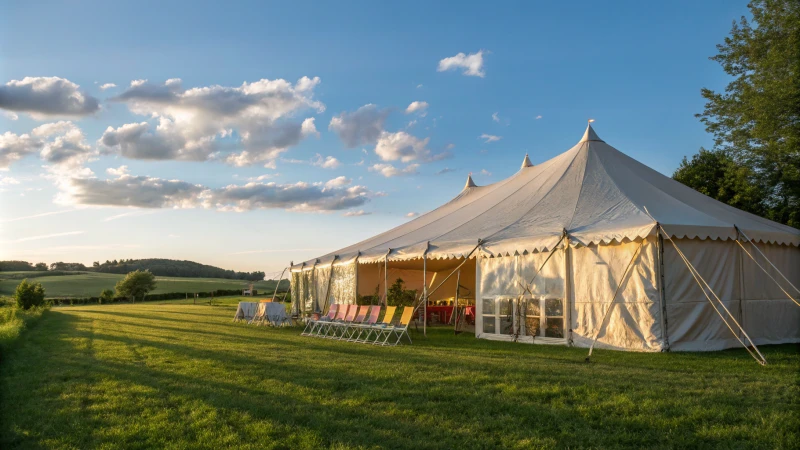
Understanding Ground Conditions
Setting up a marquee tent is like prepping for a camping trip—you’ve got to know your terrain. I remember this one time setting up on a concrete lot for an event; my team and I opted for expansion bolts6. Although we knew it might scuff the surface a bit, the stability it offered was worth it. Concrete demands that kind of strength—trust me, I’ve learned this the hard way.
- Concrete Surfaces: Expansion bolts are your best bet here for long-term stability. Just be ready for a little surface wear.
- Soft Grounds: On softer terrains like sand, steel stakes7 combined with anti-corrosion platforms are lifesavers. They prevent sinking and keep everything grounded.
Anchoring Techniques
Choosing the right anchor is like picking the perfect pair of shoes for an outfit. For every ground type, there’s a method that fits just right:
| Ground Type | Anchoring Method | Advantages |
|---|---|---|
| Concrete | Expansion Bolts | High stability |
| Soft Ground | Steel Stakes | Minimal ground disruption |
| Temporary Setup | Weighted Plates | No surface damage |
For those softer grounds, I’ve found steel stakes driven deep into the earth do wonders. But when I’m dealing with temporary setups on delicate surfaces, weighted plates8 are my go-to—they don’t mess with the surface at all.
Safety Measures and Inspections
Routine inspections are like brushing your teeth—non-negotiable if you want everything to last. Here’s my checklist:
- Regular Checks: Before guests arrive, walk around to inspect anchoring points.
- Weather Monitoring: Keep an eye on those forecasts. Adjusting support structures ahead of a storm can save you a ton of trouble.
- Professional Assessment: When I’ve got a big gig, I call in the experts. Their insights are invaluable for large-scale events.
Understanding your environment and the needs of your event will steer you in the right direction. If you’re curious about more ways to secure tents without damaging surfaces, check out these tent installation tips9.
Steel stakes are ideal for concrete surfaces.False
Steel stakes are suited for soft grounds, not concrete, which needs expansion bolts.
Weighted plates prevent surface damage in tent setups.True
Weighted plates offer stability without penetrating or damaging the ground surface.
Why Is Ground Preparation Crucial Before Tent Setup?
Ever tried pitching a tent only to realize the ground beneath isn’t quite right? It can turn an exciting adventure into a frustrating ordeal.
Ground preparation is crucial for tent stability and safety because it involves clearing debris, leveling surfaces, and selecting the right anchoring method. This ensures tents are stable, durable, and safe from potential accidents.
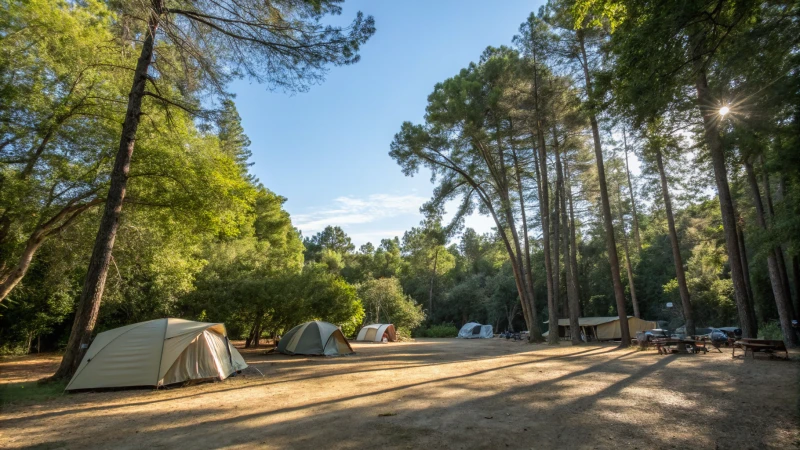
The Importance of Ground Preparation
I remember the first time I set up a tent for a large family reunion. There was a lot on the line, from keeping the weather out to ensuring the tent stayed upright during our memorable dance-off. Ground preparation turned out to be the unsung hero of the event. Taking the time to clear the area and make sure everything was level made all the difference in keeping our temporary shelter sturdy and safe.
Different Ground Conditions
Soft Ground
Setting up a tent on soft ground like sand or mud reminds me of one unforgettable camping trip. We had to improvise with whatever we had because the tent stakes kept popping out! Now, I always recommend using a steel platform or robust steel stakes. They give you that solid base you need—plus, they make your setup look top-notch.
Hard Ground
Then there’s the challenge of pitching on hard surfaces like concrete. Expansion bolts saved the day at a friend’s wedding when we had to set up on a patio. Though they left a few marks, the stability they provided was worth it. For more temporary gigs, weighted plates can be lifesavers; they won’t mar the ground but keep everything anchored down safely.
Methods of Ground Preparation
| Method | Suitable For | Pros | Cons |
|---|---|---|---|
| Steel Platform | Soft Ground | Levels ground, visually appealing | Requires additional materials |
| Steel Stakes | Soft Ground | Deep anchoring, enhances stability | May be difficult to remove |
| Expansion Bolts | Hard Ground | Provides strong fixation | Can damage concrete |
| Weighted Plates | Temporary Install | Non-invasive, easy to remove | May not offer maximum stability |
Selecting the Right Method
Choosing how to anchor your tent depends on what you’re up against and how long you plan to stay. For quick weekend events on hard ground, weighted plates are fantastic—they’re like the reliable friend10 who never lets you down without leaving a trace. But if you’re setting up something more permanent or in windy conditions, concrete embedding gives you peace of mind that your structure is ready for anything.
Conclusion: The Role of Proper Ground Preparation
The way we prepare the ground affects more than just stability; it influences how long your tent lasts and how safe it is for guests. Knowing what each method brings to the table11 helps in making smart choices for successful setups. For more insights into tent setups and ground conditions, explore our comprehensive guides12.
Steel platforms are suitable for soft ground.True
Steel platforms level and stabilize soft surfaces like sand or mud.
Weighted plates can damage concrete surfaces.False
Weighted plates are non-invasive and do not damage concrete.
Conclusion
Installing a marquee tent requires proper ground preparation, including clearing debris and selecting appropriate anchoring methods based on soil type to ensure stability and safety during events.
-
Explore the specifics of using steel stakes to anchor tents in soft soils, ensuring stability and security. ↩
-
Discover how steel platforms provide a stable base on uneven or soft ground for marquee tents. ↩
-
Discover how steel stakes provide deep, reliable support in soft soils, ensuring stability for structures like tents. ↩
-
Learn about rock anchors designed for rocky terrains, offering superior stability through secure drilling techniques. ↩
-
Explore how screw anchors offer strong, maintenance-free support, ideal for various ground conditions. ↩
-
Explore how expansion bolts provide lasting stability on concrete surfaces, essential for long-term marquee tent installations. ↩
-
Learn why steel stakes are effective for stabilizing tents on soft grounds without extensive ground disruption. ↩
-
Find out how weighted plates can secure tents temporarily without causing ground damage. ↩
-
Discover strategies for tent installations that minimize or avoid surface damage entirely. ↩
-
Discover different methods for preparing the ground based on surface conditions and event duration. ↩
-
Learn about how preparing the ground ensures tent stability and enhances safety during events. ↩
-
Explore detailed guides for setting up tents effectively in various conditions. ↩


